Understanding habitats Normal Worksheets
6 filtered results
-
From - To
Explore the fascinating world of habitats with our "Understanding Habitats Normal Worksheets"! Designed for early learners, these worksheets provide engaging activities that help children discover various ecosystems, including forests, oceans, and deserts. Through vibrant illustrations and simple yet informative prompts, students will learn about the characteristics of different habitats, the animals that inhabit them, and their importance to our planet. Perfect for teachers and parents alike, these worksheets encourage critical thinking and creativity while enhancing students' knowledge of ecology. Foster a love for nature in your young learners with fun, educational content that makes understanding habitats an exciting adventure!
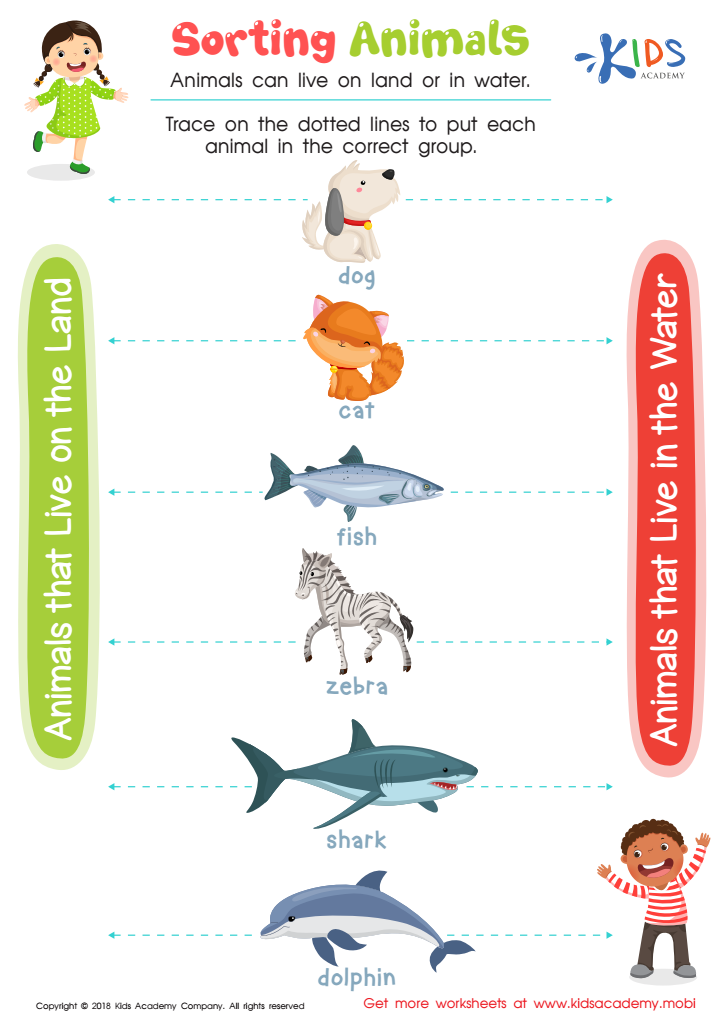

Sorting Animals Worksheet
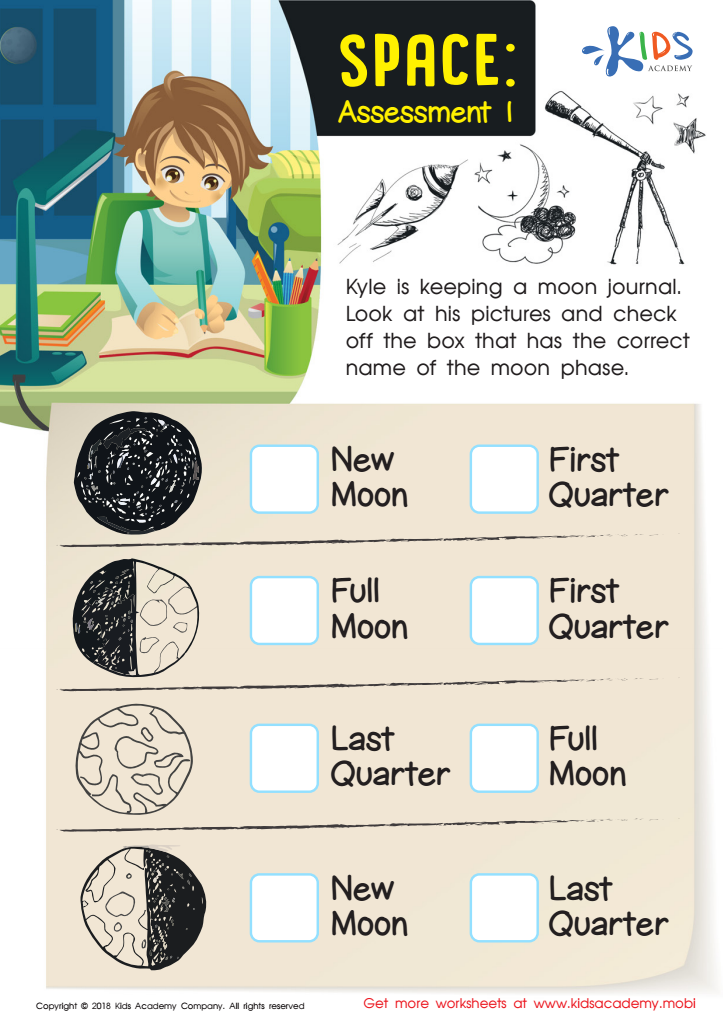

Space: Assessment 1 Worksheet
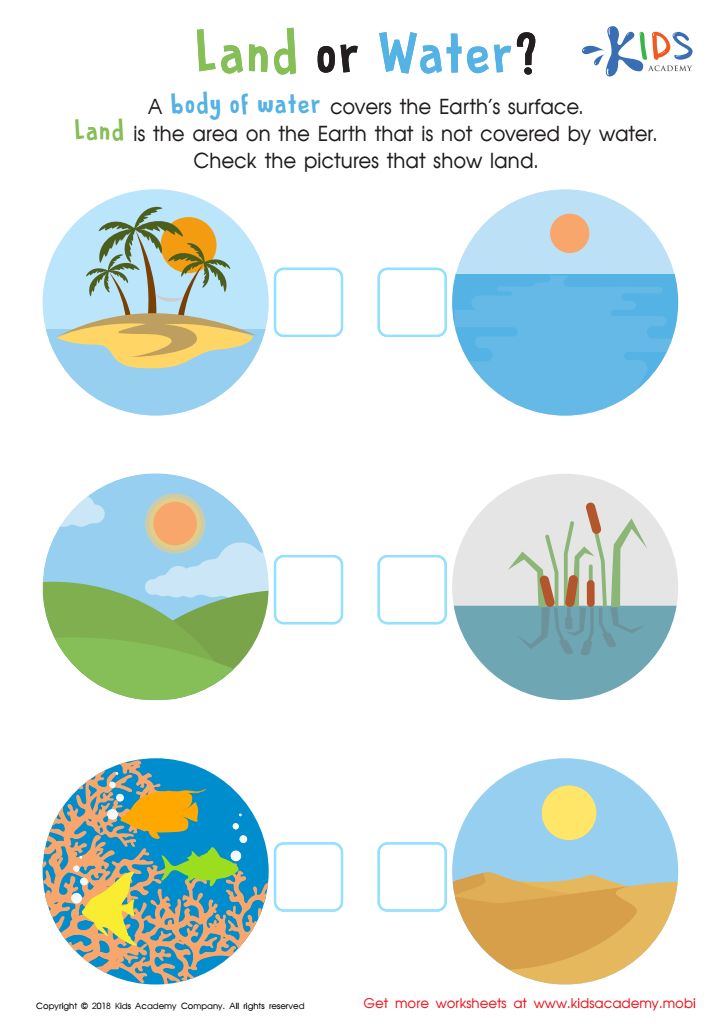

Land or Water Worksheet
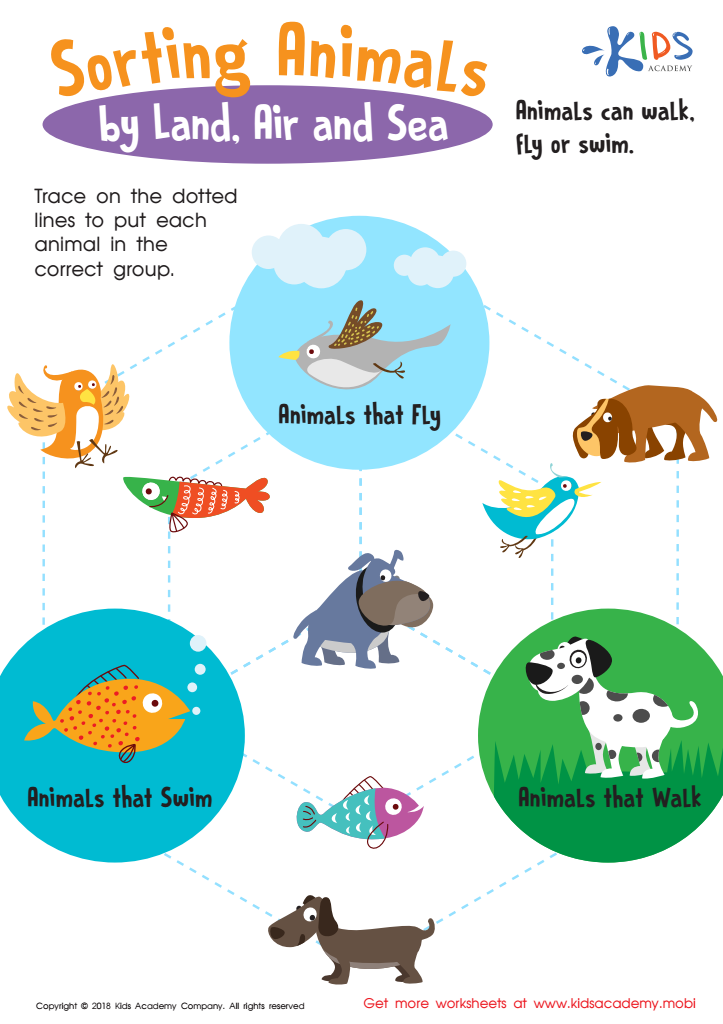

Sorting Animals by Land, Air and Sea Worksheet
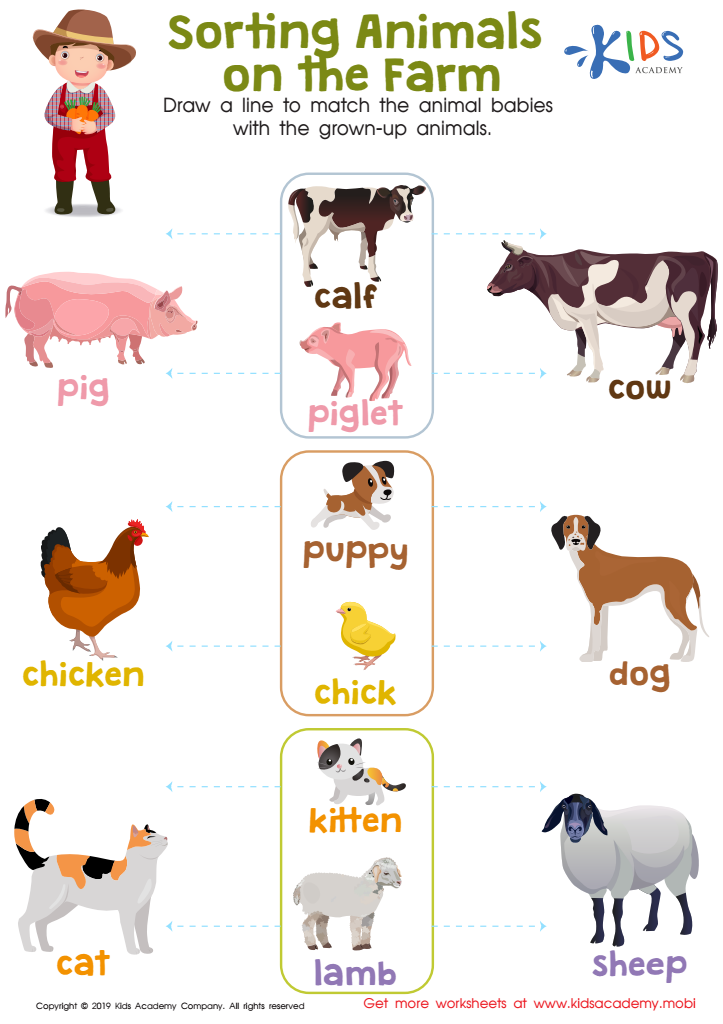

Sorting Animals on the Farm Worksheet


Animals and Plants: Assessment 2 Worksheet
Understanding habitats is crucial for both parents and teachers because it enhances children's appreciation for nature and the ecosystems that sustain life. By learning about different habitats—such as forests, wetlands, grasslands, and deserts—children gain insight into the intricate relationships between organisms and their environment. This knowledge fosters a sense of responsibility towards environmental stewardship, helping children understand the importance of conservation and sustainability.
Moreover, learning about habitats encourages critical thinking and observational skills. Children explore the diversity of life, recognize the interdependence of species, and appreciate biodiversity's role in ecological balance. These concepts are essential not only for developing scientific literacy but also for fostering empathy towards wildlife and understanding human impact on natural ecosystems.
Additionally, integrating habitat studies into curricula aligns with educational standards and promotes experiential learning through outdoor activities, field trips, or interactive programs. It provides an engaging platform for interdisciplinary learning, combining science, geography, and social studies.
In summary, by prioritizing the understanding of habitats, parents and teachers equip children with essential knowledge and skills that nurture environmental awareness, engage their curiosity, and prepare them for responsible citizenship in an increasingly complex world.
 Assign to My Students
Assign to My Students






.jpg)








